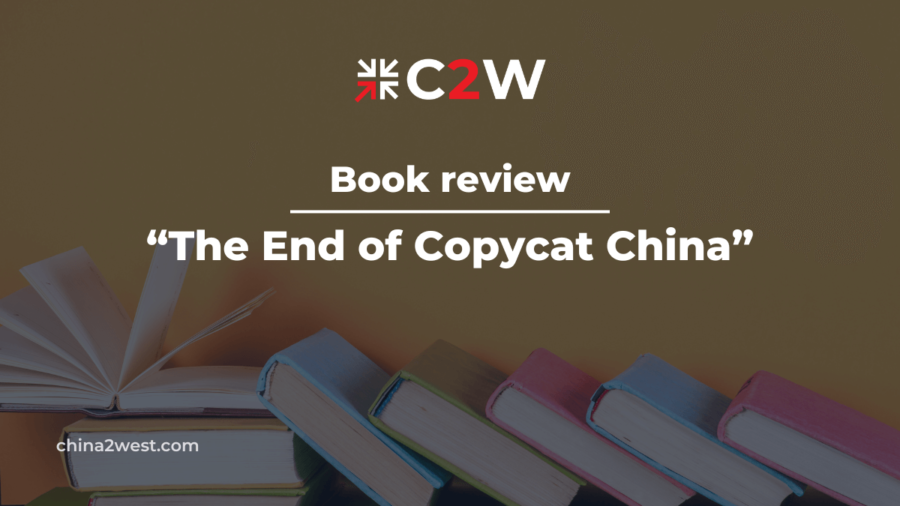China’s growing concern over low birth rates and an aging population have once again been enhanced by the latest numbers for 2021 released just recently by the National Bureau of Statistics of China(NBSC). The birthrate fell to 0.752%, the lowest point since 1949 when the PRC was founded[i], which has had analysts worried about Beijing’s plans for maintaining demographic dividends in favor of trade, while promoting technology development and self-sustainable economic growth driven by domestic consumer spending, which is called “Dual Circulation”, a post-COVID strategy proposed by the Chinese government.[ii]
The pressures for the government to address the current labor shortage and the worsening labor situation in the future are unprecedented. But for a country known for planning way ahead, measures and policies have been implemented to tackle the issue.
Automation On Track to Step in
There’s no need to stress how much China has achieved technologically over the past decade. The rising labor cost and shortage have been major factors to accelerate the development of automated production for years. The goal of producing over 260,000 industrial robots by 2025 was realized way ahead of time. Just this last year, 268,694 were made.[iii] This transition is also part of China’s ambitious five-year plan for 2020-2025 to maintain its title as the World’s Factory also in response to the competition with Southeast Asia and India.
But the trend isn’t purely motivated by a labor shortage. The escalating tension with the US and other western countries has fueled up the process as well in order to promote made-in-China components for automation and machinery manufacturing instead of the western-made ones, against trade sanctions and labor abuse accusations by the west. Given the current speed, we can optimistically assume that automation will be of great help to relieve the pressure of the labor shortage in the foreseeable future.
Reform to Promote Vocational Education
Just like in the US, there’s always been this school of views that China has way too many college students for the society to afford. That results in a social issue of insufficient job opportunities, especially white-collar positions, for college graduates. But on the other side, the whole country is scrambling for skilled workers, and vocational schools have a hard time enrolling even just enough students to survive, while bearing social discrimination by many people.
This is the product of this deep-root perception that skilled workers were at the bottom of the social status chain while academics were on top, dictated by the traditional Chinese Confucius culture. Still to this day, many Chinese people do not recognize blue-collar jobs as viable options, even though in many cases now, these jobs can offer higher starting pay than the national average of college graduates. The Chinese government now offers many types of subsidized packages for students and schools, and the official verbiage of this profession was even changed accordingly to “high qualified skilled workers” from the original “skilled workers” in the hope of less discrimination.[iv] In order to direct more young people to vocational education, against the wills of many Chinese parents, spots for senior high school and colleges are even rumored to be heavily reduced and after-school tutoring has been intensely limited. Apparently, China is going to great lengths for more skilled talents.
Family Planning No More Mandated
The One-Child Policy in China had always been notorious in the western world for its restriction on reproductive rights, and for a very long time China had had no plan to overthrow this “Basic State Policy” for its role in lifting the most populous country in the world out of poverty, until it finally got in the way of its economic development. In 2016, the policy was rested and replaced by the 2-Child Policy; five years later, the limit was extended to three children per couple.
But the relaxation didn’t lead to the hoped-for growth of birthrates. On top of the changing mentality of young generations and women’s concerns over their careers, the lack of women of reproductive age due to the previous policy as well as the traditional preference for sons over daughters, and the rising childbearing cost also have many couples disinterested.[v] In light of these issues, the Chinese government has carried out many compensatory policies to encourage families to have kids.v
Labor Protection in Place
The young people in China seem to be sick of working way above their pay grade. The “Tangping” culture, literally translated as “Lying Flat”, coincidentally aligning with the global “Great Resignation”, serves as a social protest movement of refusing to work overtime by young generations in China against customarily excessive workloads and unnecessarily over-competition at a workplace at the expense of their health and personal life.[vi] The culture also negatively affects young people’s desire to have children considering their lack of time and financial security.
It boils down to the absence of labor protection and an oversight system against any practice abusing labor laws by employers, feeding into the toxic over-competitive culture that forces everyone into it unwillingly. China decided to finally step in and put a stop to it, as opposed to dismissing this culture to begin with. The new guidelines issued in September last year by the labor department explicitly prohibit involuntary and uncompensated over-work.[vii] But many believe there’s more to be done in terms of this issue, and the recent crackdown on tech giants where the “Tangping” culture originated is believed to echo this public outcry.
It is not just a China issue, but also for most industrially developed countries in the world. For China, the situation is not as dire as others with the already gigantic base of population, which means the demographic dividends can still last a little compared with other economies. As technology advances, workers in China are more and more well-trained and skilled. This is still a good sign for China manufacturing.
C2W is headquartered in Zhuhai with a UK background. Our in-house team of engineers and our own assembly factory with over 100 workers pride ourselves in our professionalism and competence. If you are interested in getting to know more about our services, please contact us.
[i] https://economy.caixin.com/2022-01-17/101830961.html?orderSn=CP2022012113585515430
[ii] https://en.wikipedia.org/wiki/Dual_circulation
[iii] https://www.scmp.com/economy/china-economy/article/3162907/chinas-industrial-automation-efforts-give-hope-struggling
[iv] https://www.scmp.com/economy/china-economy/article/3163097/chinas-factories-are-wrestling-labour-shortages-age-old
[v] https://weekly.caixin.com/m/2022-01 22/101833496.html?refurl=https%3A%2F%2Fmappv5.caixin.com%2Fm_topic_detail%2F1611.html
[vi] https://en.wikipedia.org/wiki/Tang_ping
[vii] https://www.sohu.com/a/489051434_382578


